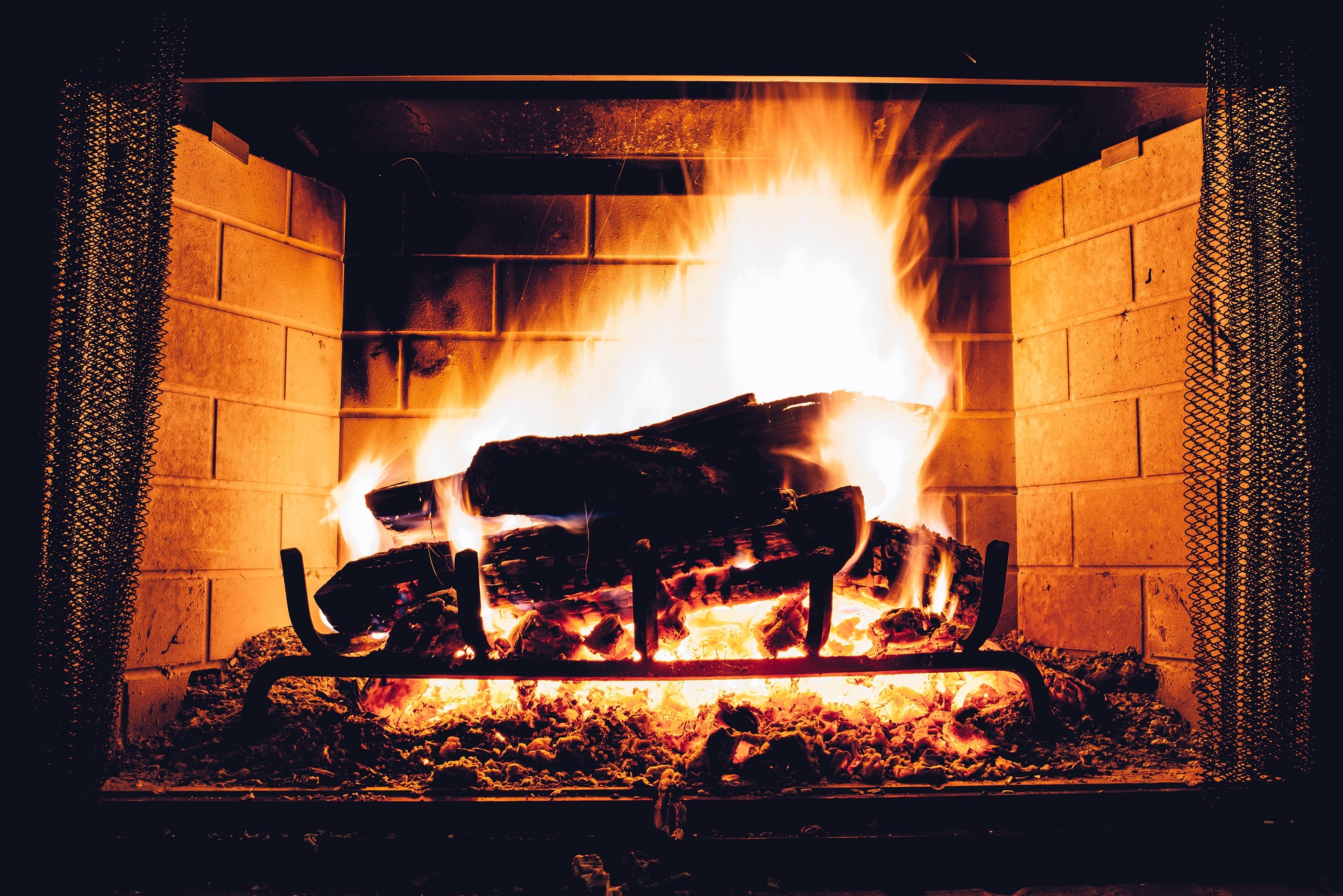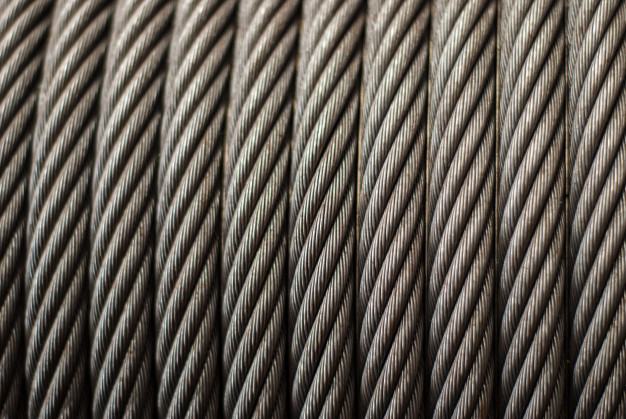From the moment you wake up in the morning until you go to bed, your days are filled with mostly routine stuff with preferably less out of the blue moments that force you to leave your comfort zone.
No matter what you expect or hope to do this day, it is very important to have a plan and be organized, to set small task you know that can be done, and feel satisfied and happy afterward.
This sort of task-reward plan helps you feel more in control over your life and more confident to try different stuff. No matter how good it feels, people easily fall out of that habit and return to their aimless daily grind.
We talked to guys at Happy Cleans to try to understand how cleaning, as a form of organization, can make us feel better.
Hoarding:
It is in our society’s DNA to continuously buy and consume products. We just want more stuff and we don’t really care if there’s enough room at home or if that particular item is really necessary.
One day you realize that you are surrounded by a bunch of stuff you don’t know what to do with, yet there’s this emotional attachment that just won’t let you let go.
You feel relieved when you get rid of things you no longer need because cleaning has therapeutic properties as well. Maybe it’s an old vase that’s been sitting in the corner gathering dust, boxes of old magazines, or old clothes you haven’t touched in years.
Whatever it is and however you choose to dispose of it all, there is always the feeling of a restart. You’d be giving your home, and indirectly yourself, a fresh start and more room to breathe.
Lack of time:
This is the most common excuse people grasp for when facing their filthy home when they leave for work in the morning.
Cleaning is not an easy task. It takes a decent amount of time and energy, but excusing yourself with the lack of time is not the solution you are looking for.
Work, family, hobbies, these are all prioritized over cleaning, but being well organized by spending an hour, thirty minutes or less every day doing some cleaning, will show great results and the feeling of accomplishment of working towards a clear goal every day will help reduce stress and make you feel better about yourself.
Laziness:
It’s a great feeling when you are finally able to sit down in your clean home and just enjoy the sight. Don’t let that wave of good emotions trick you into remembering old habits. Before you notice, your home will return to that undesired state of neglect you worked so hard to change.
What you can do is just keep the trend of doing less cleaning but more frequently. This should be your new routine, you could also start doing dishes right after a meal or not leave dirty socks on the floor to camp for a few days, etc.
Don’t fall into passive state where you feel like you keep hitting a wall, so you choose to rather not do anything. Start with your home, the energy you spend there will boost your physical and mental health.
This flow of positive energy will come in handy when dealing with the rest of your daily tasks and smile about it, which consequently means that you’d be eager to do some more cleaning and feel rewarded for your effort. It’s a circle of positive energy and a way forward.
Read Also:
- 6 Tips For Keeping Your Home Clean (With Pets And Kids)
- Home Hacks: Stuff You Can Clean In One Hour Or Less
Feature Image: Source






















